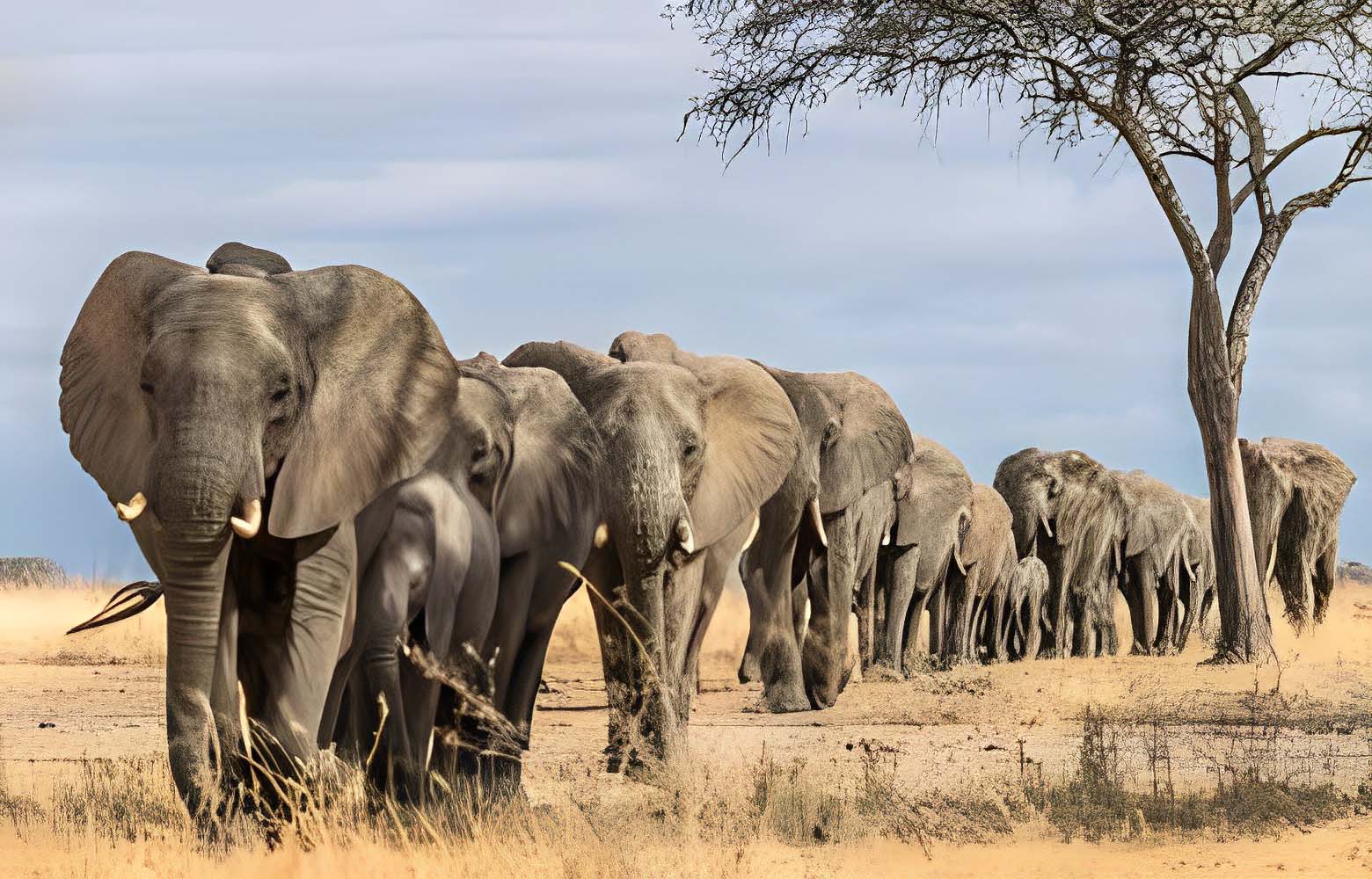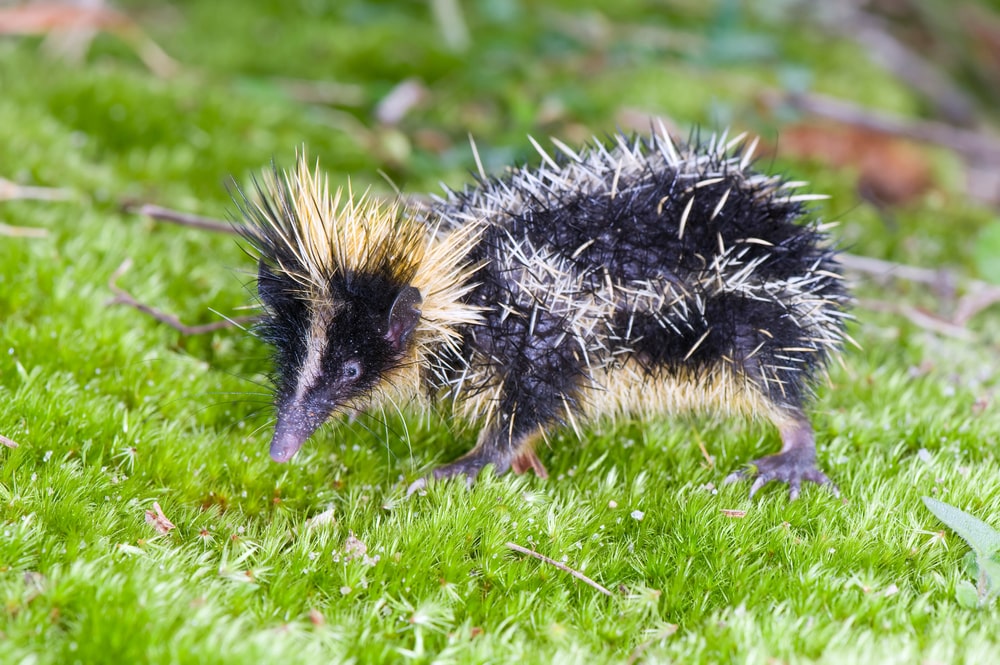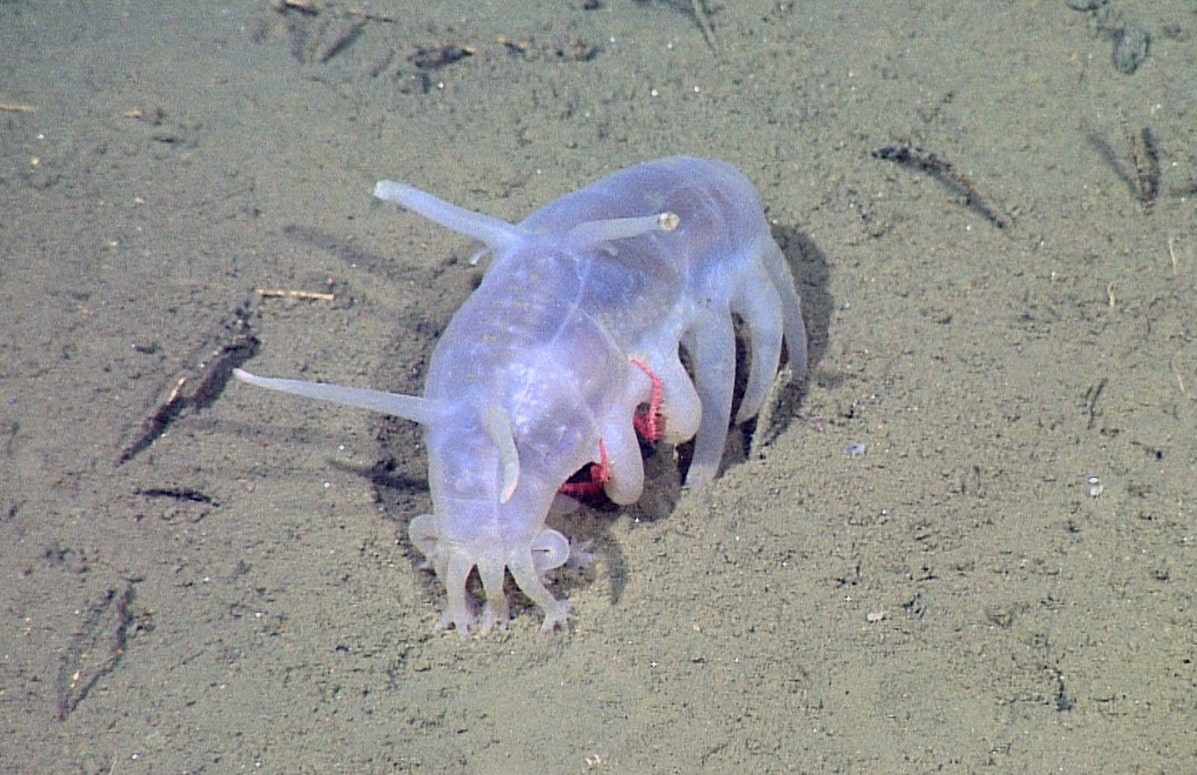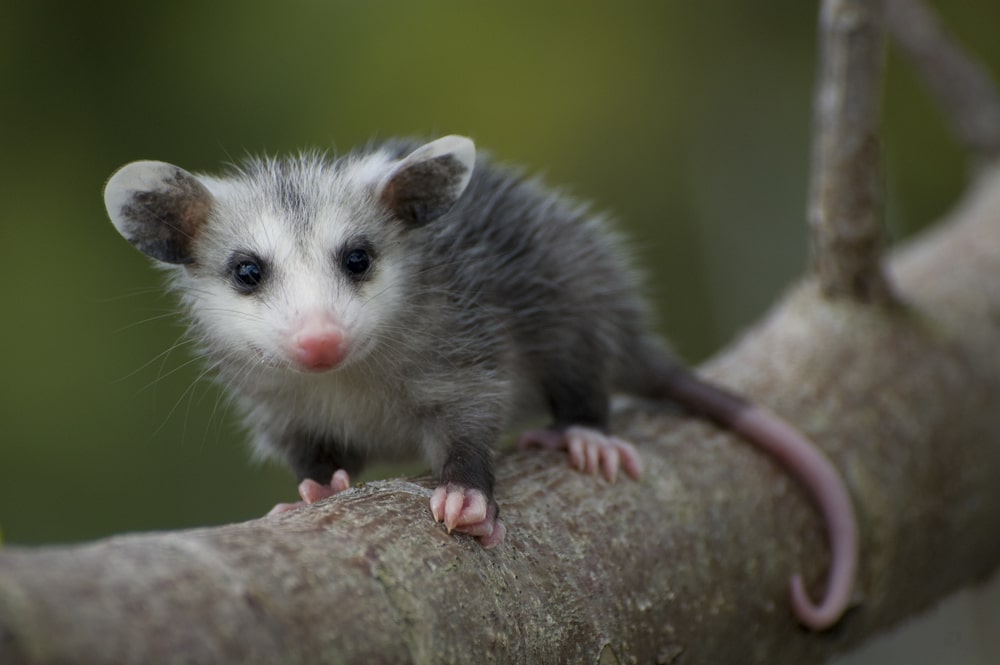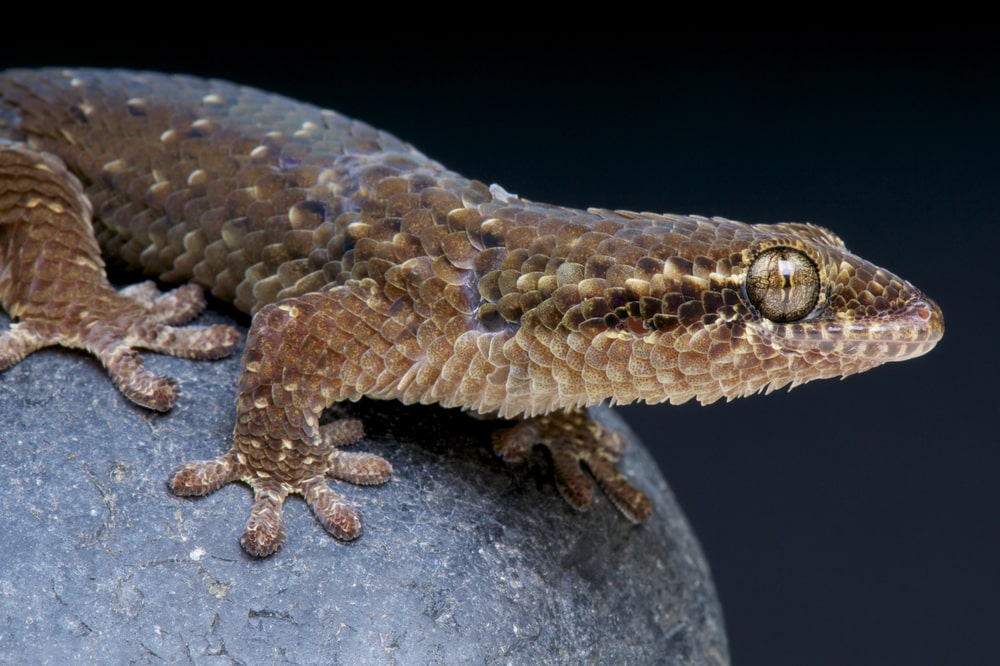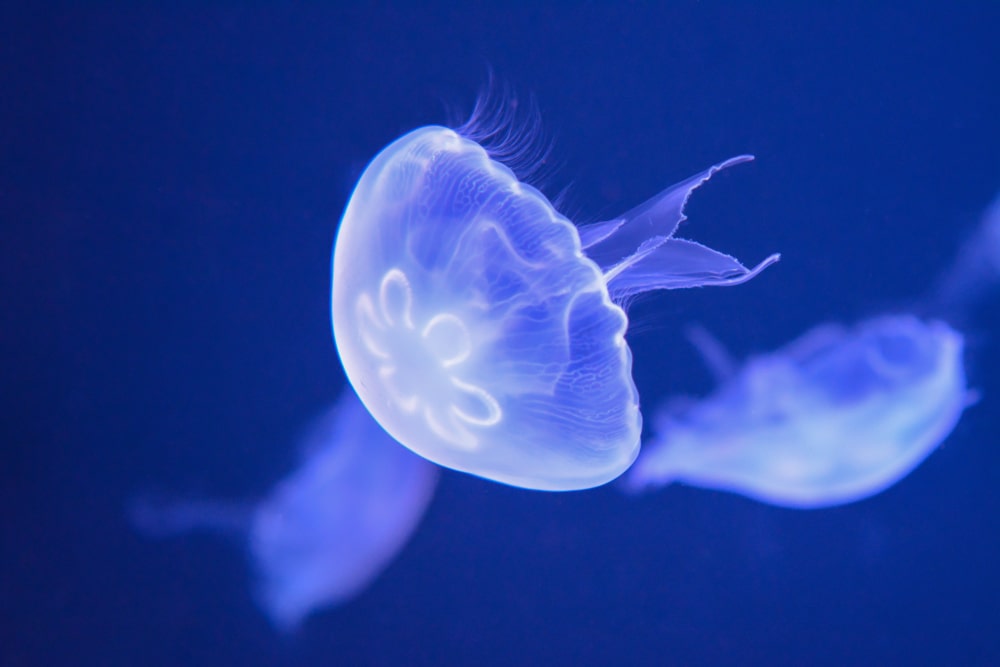Powerful Lions, Notch Lion, Mapogo Lion Coalition & Matimba
The most powerful animals the lions, king of the jungle that really ever lived.
Notch Lion Coalition
The Maasai Mara, with its vast golden plains, witnessed a truly unique lion dynasty: the Notch Coalition. This band of six powerful males, led by the grizzled patriarch Notch, wasn’t your typical pride. They were brothers, bound by blood and honed into an intimidating hunting machine. Imagine a team of elite athletes, all siblings, working in perfect harmony. That’s how the Notches hunted.
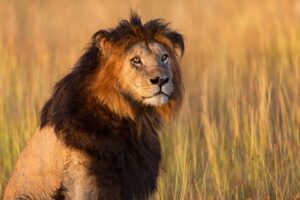
They took down wildebeests and zebras faster than Olympic sprinters, their secret weapon being their unparalleled teamwork. Roars like thunder echoed across the plains, signals to converge and trap prey in a deadly pincer movement. Notch, the old master, would spearhead the charge, while his sons flanked the sides, cutting off escape routes with the precision of seasoned warriors.
Their kingdom stretched for a thousand square kilometers. However, even empires crumble, and so did theirs. Time, the ever-present predator, took its toll. Notch grew old, his roars turning into whispers. Younger, hungrier males challenged their reign, and the Notch coalition fractured. Some sons fell in the ensuing battles, others ventured out to forge their own paths.
The Birmingham Lions
In the rugged northern Sabi Sand region of Kruger National Park, a band of remarkable lions known as the Birmingham coalition carved out their existence. These weren’t just any lions; each member had a unique personality, contributing to a captivating narrative in the heart of the African wilderness. At the forefront stood Nsuku, dubbed “Blondie” for his majestic blond mane.
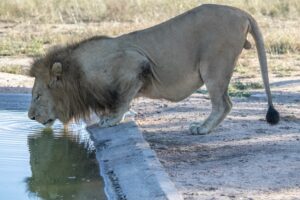
As the eldest and most imposing, Nsuku naturally assumed a leadership role. Alongside him were Nhenha, the fearless warrior, Tinyo with the telltale chipped tooth, Mfumo with the deep cheek puncture marks, and the feisty Scrapper, named after a mythical evil character. However, the Birmingham Lions weren’t always a united front; their social dynamics were a mixture of cooperation and competition.
Brothers by blood, they collaborated to protect their turf and make successful hunts. Yet, the delicate balance often tipped into sibling rivalry. Fights erupted over mating rights and dominance, punctuating the vast savannah with roars and intense struggles, where alliances were tested, and consequences were severe.
Matimba Coalition
The rise to power of the Matimba male coalition marked a frightening era in the Sabi Sand area and Kruger National Park, spanning from 2010 to 2017. Renowned for their strength and ferocity, these six lions were territorial conquerors, often usurping lands from their fellow lions. Originating in the Ngala Game Reserve, their dominance journey began in 2010 when they shifted to Manyeleti, successfully ousting resident lions, and establishing an expansive territory that extended across Kruger National Park, Ngala Game Reserve, and Sabi Sands.
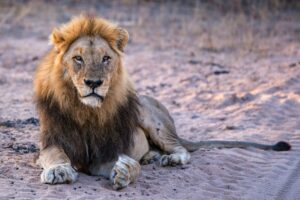
The coalition’s strategic decision to relocate showcased not only their adaptability but also their understanding of the environment. The Matimba coalition’s ability to work together in coordinated hunts played a crucial role in their success. The dynamics within the coalition allowed them to collaborate effectively, not only in hunting but also in defending their territory from potential threats.
However, internal divisions and the mysterious disappearance of one of the lions named Ndhuna in 2012, prompted a shift in the Matimba dynamics. By 2013, conflicts within the coalition and the emergence of younger lions led to a split into two factions: the Northern Matimbas, which included Shaka, Slitnose, and Whiteface, and the Southern Matimbas which included Hairy Belly and Ginger, known for their aggression and frequent clashes with rivals.
The Majingilane Lions
The Majingilane Coalition earned their name as night patrollers, walking with purpose and never deviating from their course. They originated from the Manyelethi Game Reserve, where they were known for their skills as buffalo hunters. Born between 2004 and 2005, the five Majingilane males struck out on their own around 2009, moving south towards Sabi Sands. Opting to stay together, the brothers made their presence felt in the new territory, creating a bit of a buzz.
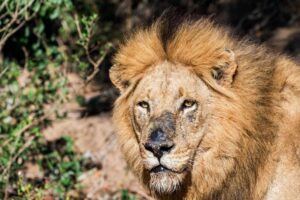
The Majingilane Coalition’s first target was the beloved Tsalala Pride. Among the eight sub-adults, four fell victim to their attacks. Only the four younger lionesses and their three mothers managed to survive. By 2010, the two adult lionesses succumbed to the coalition’s influence, choosing to mate with what was once considered the “enemy.” In this harsh environment, the law of survival of the fittest prevailed.
The Majingilane lions grew stronger, their manes darkening and thickening as they extended their reign, gradually claiming more territory. This dominance persisted for over seven years, marking a significant chapter in the untamed landscape they ruled. During their peak reign over the Sabi Sands Game Reserve, the Majingilane Coalition wielded control over a vast expanse estimated at 26,676 hectares.
Selati Lion Coalition
In the vast landscapes of the western Sabi Sand region, the Selati coalition emerged as a frightening force, dominating from 2015 to 2017. Named after the Selati River that flowed through their territory, this group of four male lions forged a legacy that would be remembered forever. Their ascent to power was no small feat; the Selati brothers collaborated strategically to overthrow the Mapogo coalition, the reigning rulers of the area at the time.

Fierce battles ensued, marking their successful takeover and establishing them as apex predators in the region. The Selati coalition’s unity and strength became the cornerstone of their dominance, exemplifying the intricate dynamics of lion societies. For a span of two years, the Selati males held their territory with a firm grip. They not only fathered cubs with several lionesses but also solidified their position as apex predators, orchestrating the delicate balance of life in the wild. However, their reign was not without challenges.
Territorial disputes emerged, with rival coalitions like the Majingilanes and the Birmingham males posing constant threats. Additionally, internal conflicts within the group unfolded, leading to one of the lions leaving the coalition in 2016. As tragedy befell the coalition in 2017, the intricate web of survival in the African savanna became apparent.
One lion fell victim to the dominance of the Matimba and Majingilane males, while another succumbed to an illness, leaving the Selati brothers with a dwindling presence. The youngest lion persevered for a short while but eventually faced ousting by the Birmingham males in 2018. This marked the disbandment and end of the Selati coalition.
Mapogo Lion Coalition
The Mapogo lion coalition, a frightening band of South African males, established dominance over the expansive Sabi Sand region in Kruger National Park. Infamous for their unmatched power and strength, they controlled an area encompassing approximately 70,000 hectares, equivalent to 170,000 acres. What set the Mapogos apart was their ruthless reputation, believed to have resulted in the deaths of over 100 lions and cubs in just over a year, a figure that could be even higher considering the vast territories they patrolled.
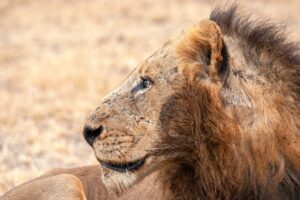
At its zenith, the coalition comprised six males, each with a distinctive name: Makulu, Rasta, Scar, Pretty Boy, Kinky Tail, and Mr. T. In the early months of 2006, the five subadult lions, alongside the seasoned leader Makulu, departed from their pride. Faced with the challenges of surviving in the wild, they forged a formidable bond by sticking together, thereby increasing their chances of survival. Living amongst themselves, the Mapogos evolved into successful hunters.
Their growing size and experience enabled them to take down formidable prey, including hippos, young rhinos, and even giraffes, showcasing their adaptability and prowess in navigating the challenges of their vast territory. On March 16, 2012, a pivotal moment unfolded in the dynamic landscape of the Sabi Sand region as a new coalition of four male lions, known as the Selatis, entered the territory held by the formidable Mapogo lions. This marked the beginning of a significant shift in the power dynamics of the area.
In a decisive encounter, the four Selatis demonstrated their prowess by singling out and successfully killing one of the renowned Mapogos, Mr. T. The event marked a turning point in the Mapogo coalition’s dominance, as they faced a formidable challenge from the emerging Selatis. Following the demise of Mr. T, the remaining Mapogo members, Makulu and Pretty Boy, found themselves engaged in a fierce confrontation.
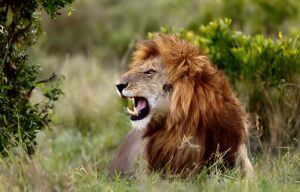
This time, their adversaries were not fellow lions but a coalition of two Kruger males. In a battle for territorial supremacy, Makulu and Pretty Boy fought valiantly but were ultimately overpowered. The outcome saw the Mapogos being driven off their once fiercely guarded territory, signifying the end of their reign.
